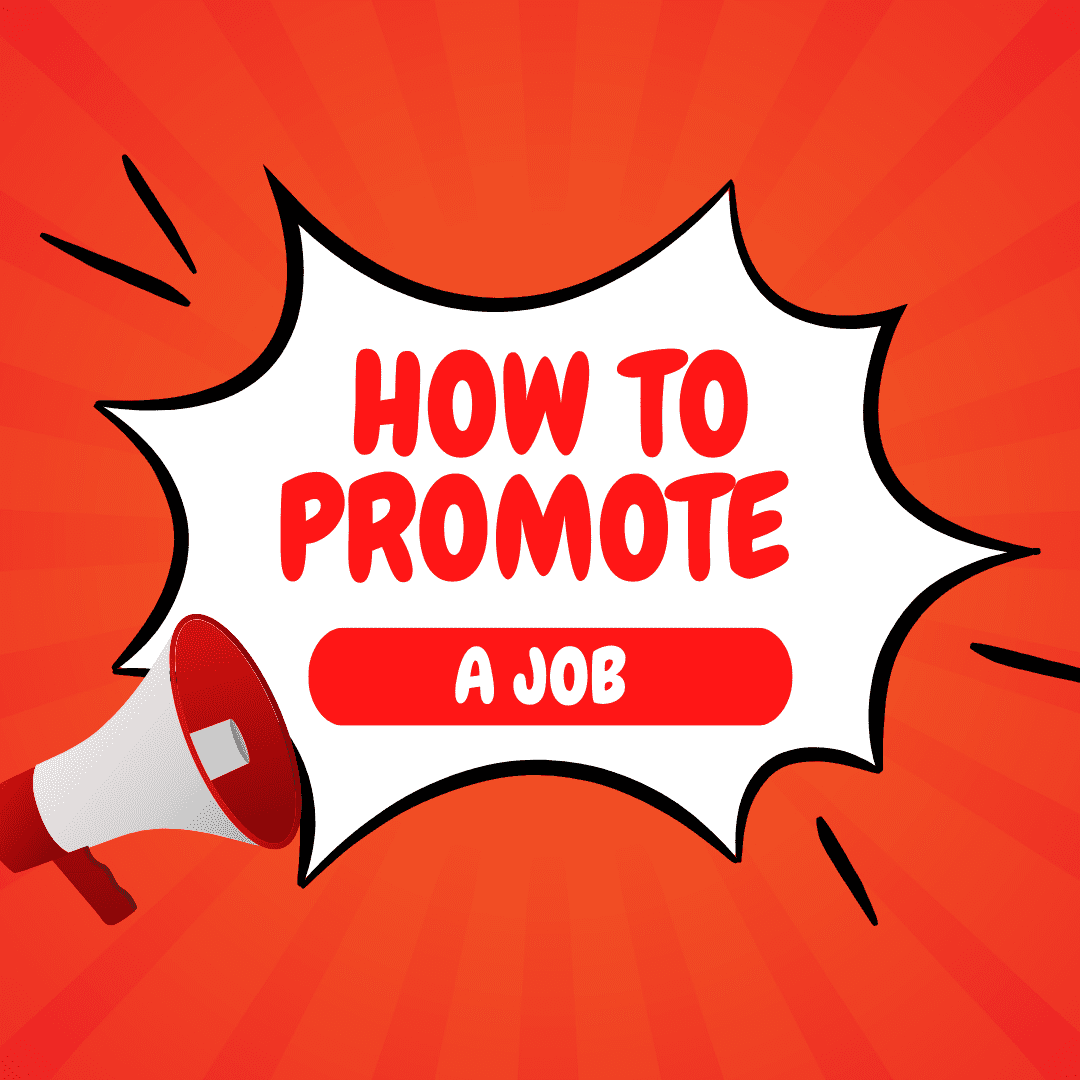
In the bustling landscape of Germany’s job market, the art of effectively promoting job opportunities stands as a crucial determinant of success. As businesses strive to attract top talent in a competitive environment, mastering the strategies of job promotion becomes imperative. This article aims to serve as a comprehensive guide, offering insights and practical tips on how to promote job vacancies effectively in Germany.
Understanding the German Job Market
Germany boasts a robust and diverse job market, characterized by its strong economy and thriving industries. Key sectors driving employment include automotive, engineering, finance, information technology, healthcare, and manufacturing. The automotive industry, with giants like Volkswagen, BMW, and Mercedes-Benz, stands as a cornerstone of the German economy, offering a plethora of job opportunities ranging from research and development to production and marketing. Despite this, the question of how to promote a job opening is still relevant.
Engineering also holds significant prominence, with Germany renowned for its engineering prowess and innovation. The country’s emphasis on technological advancement fuels the demand for skilled engineers across various disciplines, including mechanical, electrical, and civil engineering.
The finance sector, centered in major financial hubs such as Frankfurt and Munich, offers lucrative career prospects in banking, insurance, and investment management. Additionally, Germany’s burgeoning technology sector, encompassing startups and established tech firms alike, presents abundant opportunities for professionals skilled in software development, data science, and cybersecurity.

Popular job search platforms in Germany cater to both employers and job seekers, facilitating seamless matchmaking between talent and opportunities. XING, often dubbed the German equivalent of LinkedIn, holds sway as a prominent networking platform for professionals, boasting millions of users and serving as a hub for career-oriented networking and job postings.
LinkedIn, a global powerhouse in professional networking, also commands a significant presence in Germany, providing a vast pool of talent and serving as a conduit for job seekers and employers to connect. StepStone and Indeed are additional platforms widely utilized by job seekers and employers alike, offering comprehensive job listings across diverse industries.
Cultural nuances play a pivotal role in the German job market, with a strong emphasis on professionalism, punctuality, and thoroughness. Job seekers are expected to submit meticulously crafted applications, including tailored resumes and cover letters that highlight relevant skills and experiences. Moreover, the German preference for direct communication and honesty underscores the importance of transparent and forthright interactions throughout the recruitment process.
6 Tips for Writing Compelling Job Descriptions Tailored
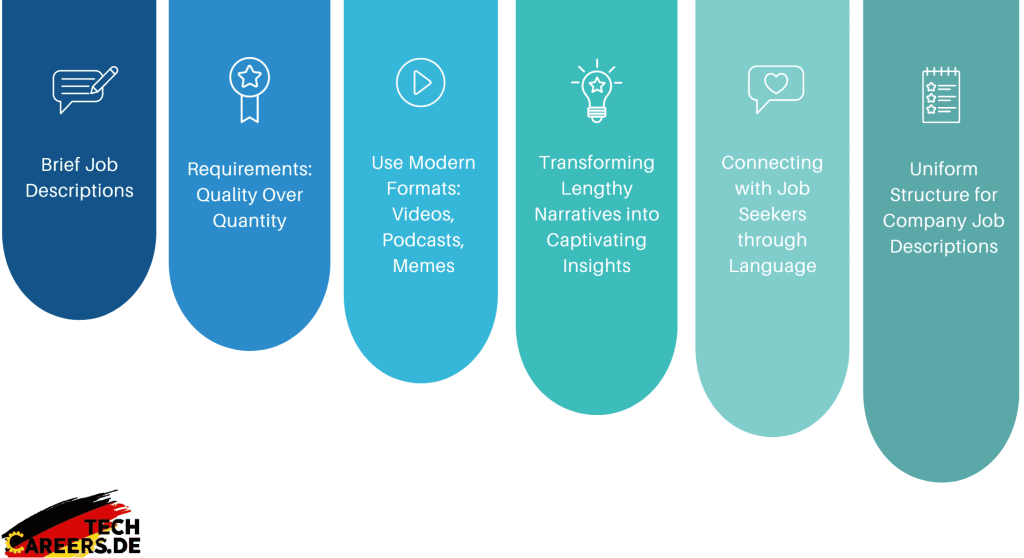
Brief Job Descriptions
In today’s fast-paced world, short and clear job descriptions are key, especially for IT jobs in Germany. Consider structuring them into easily digestible sections, providing a snapshot of the candidate’s typical day from morning rituals to after-work pursuits.
Requirements: Quality Over Quantity
Move away from lengthy lists of skills. Concentrate on the top five hard skills crucial for the role. Avoid vague soft skills like “communication” or “leadership,” as they lack specific insights into the position.
Use Modern Formats: Videos, Podcasts, Memes
Begin by replacing verbose paragraphs with a more concise format. Instead of sifting through pages of text, candidates can now listen to podcasts featuring employees discussing their roles, experiences, and the company culture. For instance, companies like Sisense are leading the way with segments like “Where We See You,” providing insights into the journey within the first 30, 60, and 90 days.
Transforming Lengthy Narratives into Captivating Insights
Outdated are the times of lengthy paragraphs narrating the company’s background and an exhaustive list of prerequisites and duties. Modern job seekers seek brief, captivating, and informative job descriptions that offer glimpses not only into the role but also the company culture and prospects for advancement.
Connecting with Job Seekers through Language
Job descriptions should adopt a conversational tone, departing from formalities. Hiring managers are urged to express themselves freely, aiming for language that resonates with prospective colleagues. Incorporating real-life anecdotes and relatable language enables a stronger connection.
Uniform Structure for Company Job Descriptions
To simplify the process, develop a template for hiring managers containing a concise introduction and essential elements. This ensures uniformity across all job descriptions while permitting managers to inject their individual styles. Once the details are inputted, a final review is essential to ensure alignment with the company’s tone.
Crafting job descriptions in 2024 demands a departure from traditional methods and a willingness to embrace innovation. A carefully constructed job description has the power to captivate top talent, offering them insight into more than just a role but also a potential career path. It’s time to bid farewell to the ordinary and welcome a new era of compelling, informative, and enticing job descriptions.
5 Key Tips Enhancing Employer Branding
In talent acquisition and retention, prioritizing the employer brand is paramount. HR leaders hold significant responsibility in shaping and elevating this brand within their organization. The employer brand serves as a powerful tool for attracting top talent, boosting employee engagement, and ultimately driving organizational success.
By cultivating a positive and authentic employer brand, companies can differentiate themselves in the competitive job market, appeal to candidates who align with their values and culture, and retain top performers over the long term. This underscores the importance of employer branding in recruitment and underscores the crucial role that HR leaders play in this process.
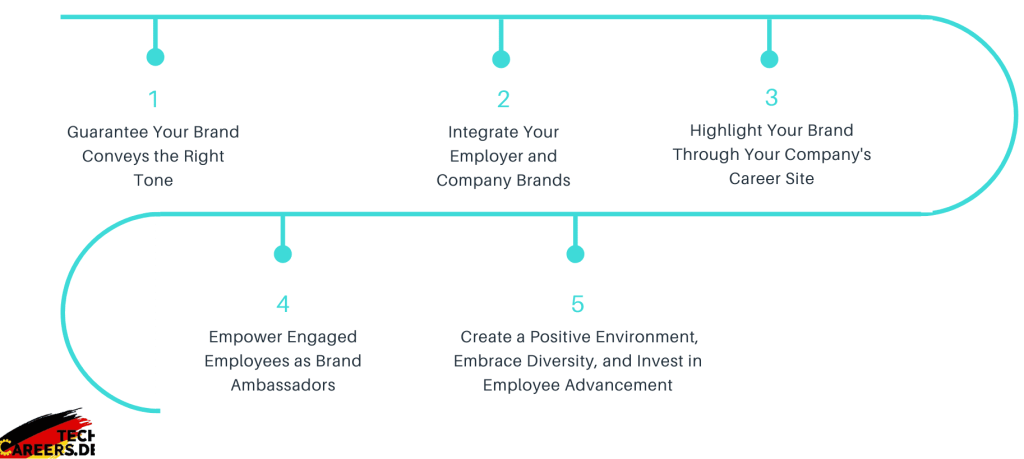
1 – Guarantee Your Brand Conveys the Right Tone
If your target audience is a youthful, trend-setting demographic, your brand voice should resonate with and entice such potential employees. While playful activities like Nerf gun battles might be fitting for a tech firm, professionals in medical or legal fields might prefer opportunities to attend industry conferences. Are your employer and company brands in sync?
2 – Integrate Your Employer and Company Brands
Integrate your employer brand seamlessly with your company brand. They are not distinct entities but rather two facets of the same identity. Moreover, recognize that branding isn’t solely relevant to potential candidates but also holds significant weight with your existing employees.
Collaborate closely with your marketing department and other relevant teams involved in brand management to craft a unified and coherent message. Consistency is key across all channels and audiences. By strengthening your branding efforts holistically, you can amplify your brand message and enhance its impact.
3 – Highlight Your Brand Through Your Company’s Career Site
Create an engaging career site that portrays your company’s culture, mission, vision, and more. Clearly defining your values and offering insights into the employee experience helps attract top talent and boost retention rates. Integrate the career site into your talent acquisition strategy to effectively engage candidates and enhance your employer brand.
4 – Empower Engaged Employees as Brand Ambassadors
Your employees are the most authentic representation of your employer’s brand and culture. Encourage your highly engaged team members to serve as company ambassadors by participating in thought leadership, community outreach, and mentorship activities beyond the organization. By engaging with ambassadors, external parties gain deeper insights into your culture and values, enhancing your employer brand.
5 – Create a Positive Environment, Embrace Diversity, and Invest in Employee Advancement
Developing an authentic and captivating employer brand entails cultivating a positive workplace culture, promoting diversity, and nurturing employee development. Utilizing social media and marketing strategies, emphasizing work-life balance, and optimizing recruitment processes contribute to creating a dynamic, inclusive, and appealing work environment. These efforts are the cornerstone of establishing a robust and irresistible employer brand!

According to 80% of talent acquisition managers, employer branding is pivotal for attracting top talent. It enhances the quality of hires, reduces hiring timelines and expenses, and enables higher internal satisfaction among current employees, thereby bolstering retention of top talent.
In the competitive landscape of Germany’s job market, effectively promoting job opportunities is essential for attracting top talent and achieving organizational success. This comprehensive guide offers valuable insights and practical tips on how to promote job vacancy effectively in Germany, covering key aspects such as understanding the German job market, crafting compelling job descriptions, leveraging modern formats for jobs promotion, and maintaining consistency in branding efforts.
Boost Your Job Promotion with Us!
Let us assist you in placing and promoting your job postings, as well as in finding and interviewing candidates. List your vacancies on our website and gain access to a pool of thousands of top IT professionals in Germany.
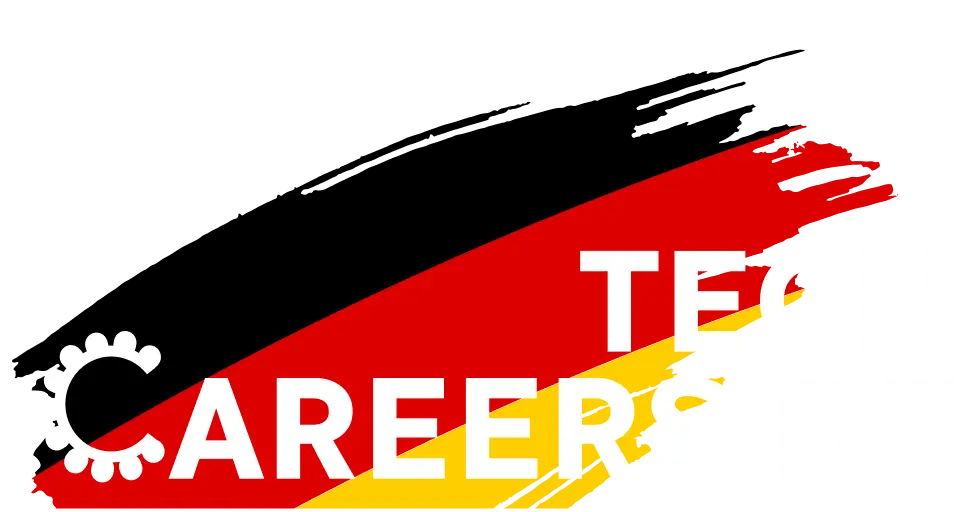



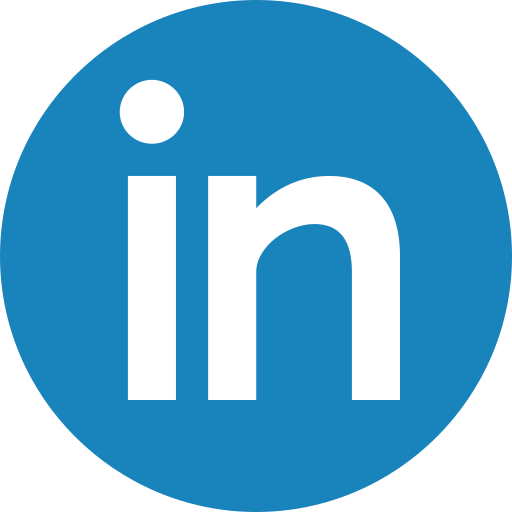
 Previous Post
Previous Post Next Post
Next Post